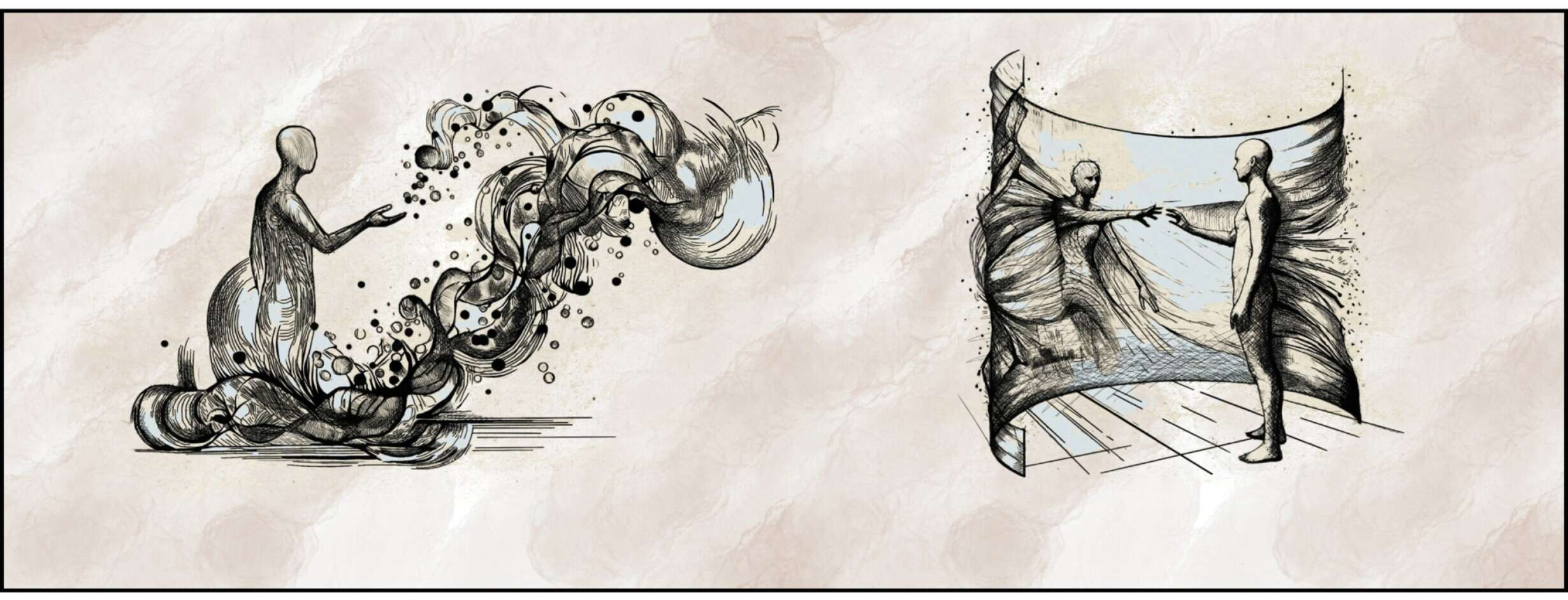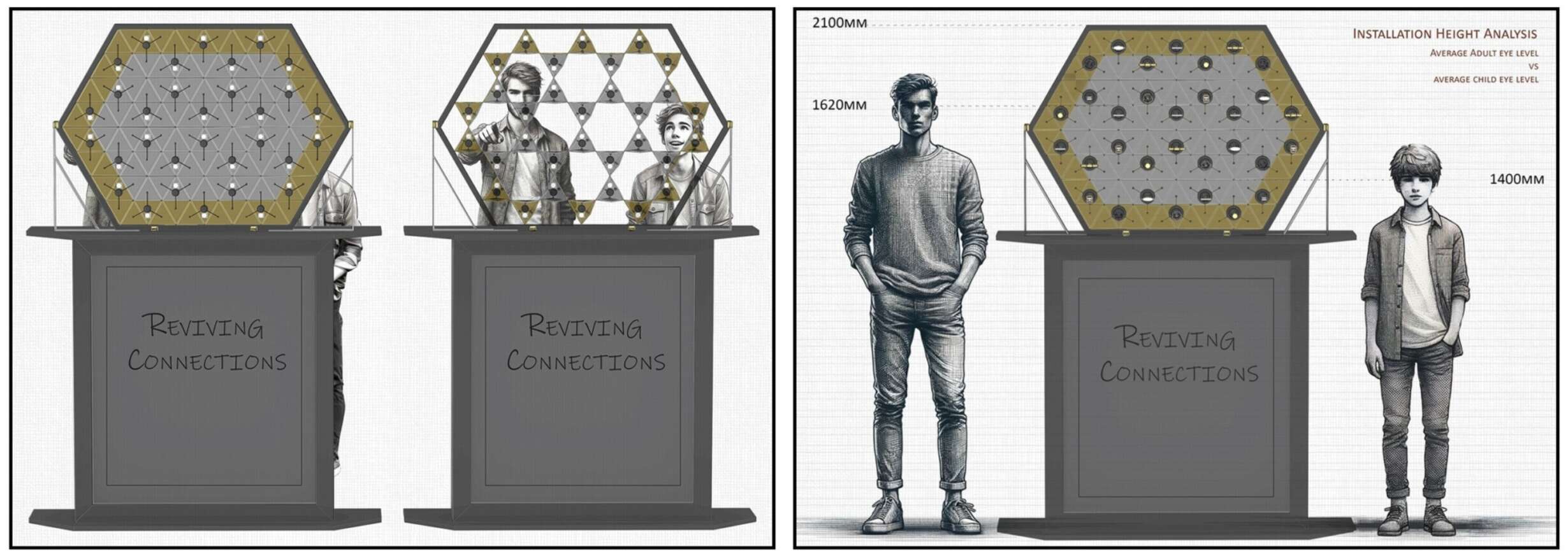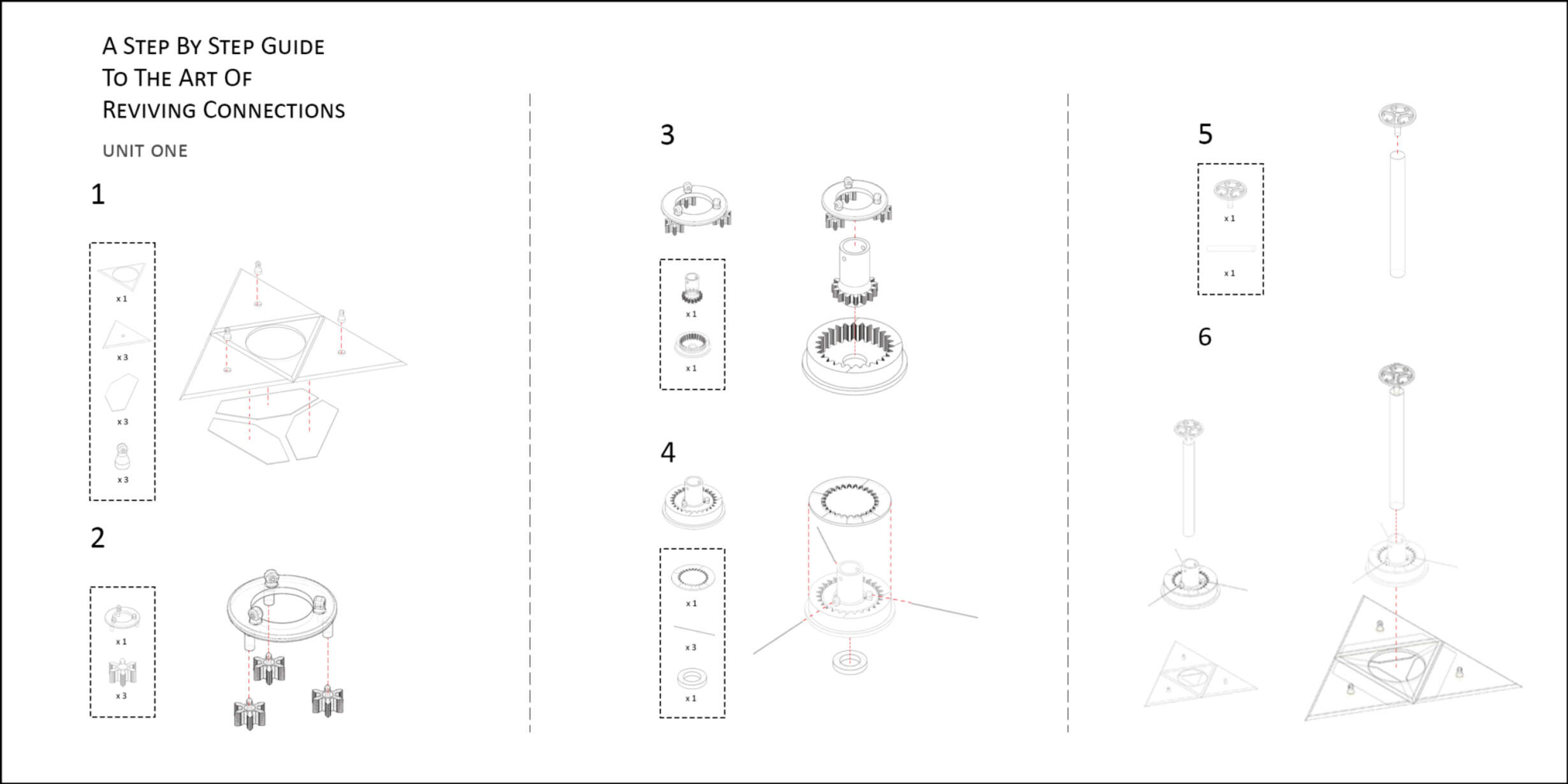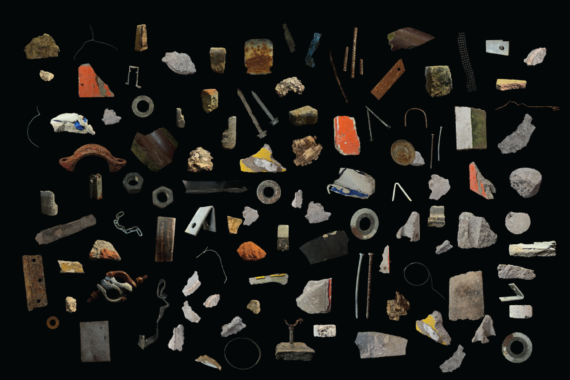“Reviving Connections: Redefining Urban Encounters in the Age of Recovery”
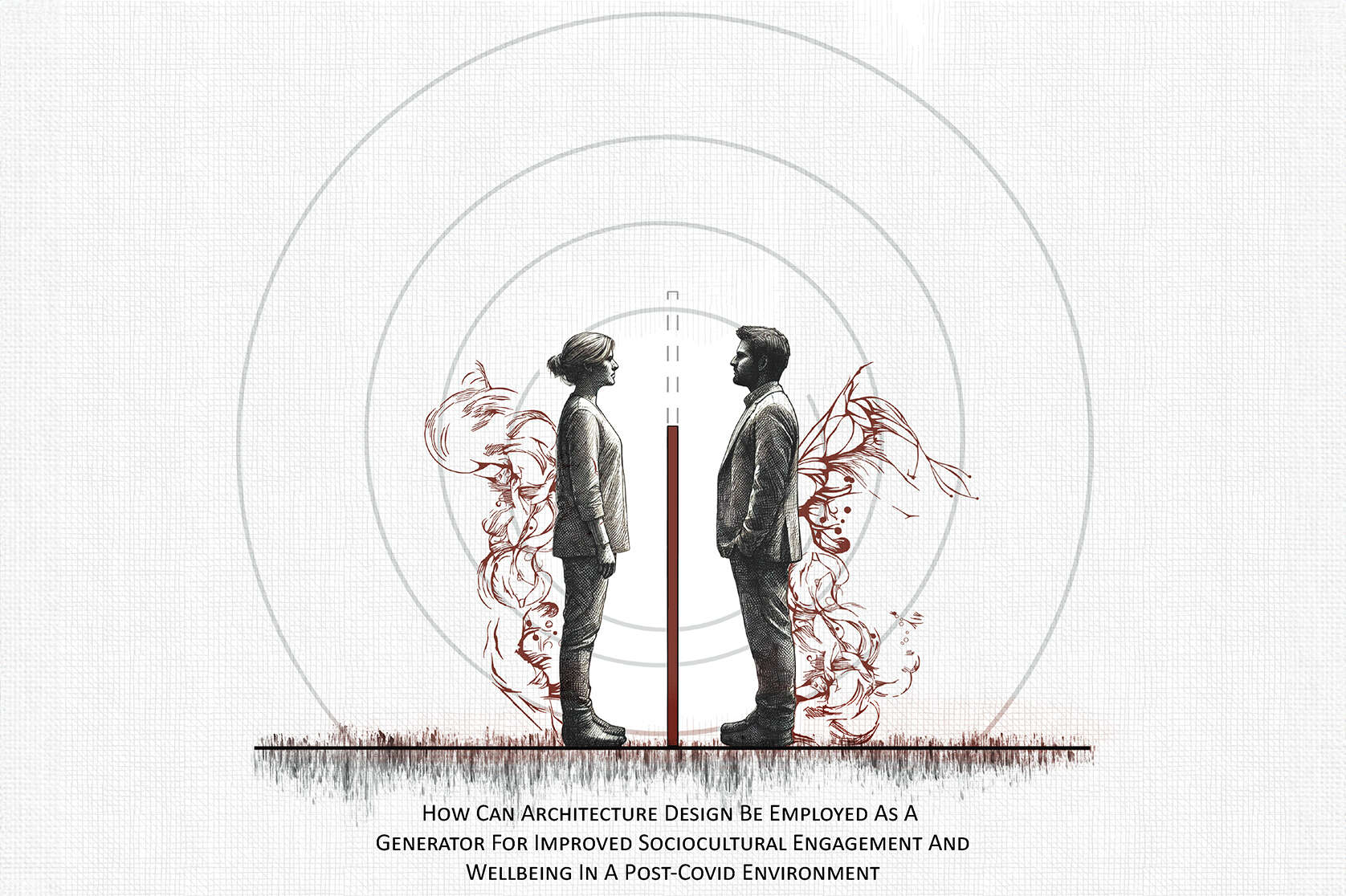
The COVID-19 pandemic has fundamentally altered human interactions, particularly in public spaces. Proxemics, the study of personal space and the physical distance maintained between individuals, has been significantly impacted as people have become more self-conscious and fearful of touching surfaces and being in close proximity to others. This heightened awareness of potential health risks has led to a reluctance to engage in physical contact, thus affecting social dynamics and interactions.
In New Zealand, a nation that has faced the pandemic with notable resilience, the shift in social behaviours and proxemics raises significant concerns. There is a critical need to address how public spaces can adapt to support sociable interactions while acknowledging the lingering apprehensions towards physical contact. This thesis explores the role of architectural design in fostering environments that encourage comfortable and engaging social interactions in the post-pandemic era.









